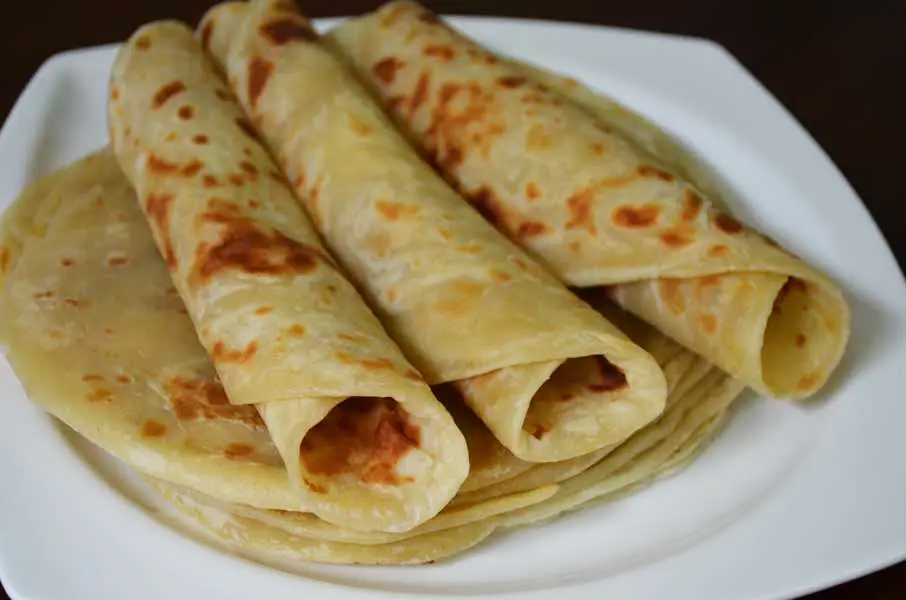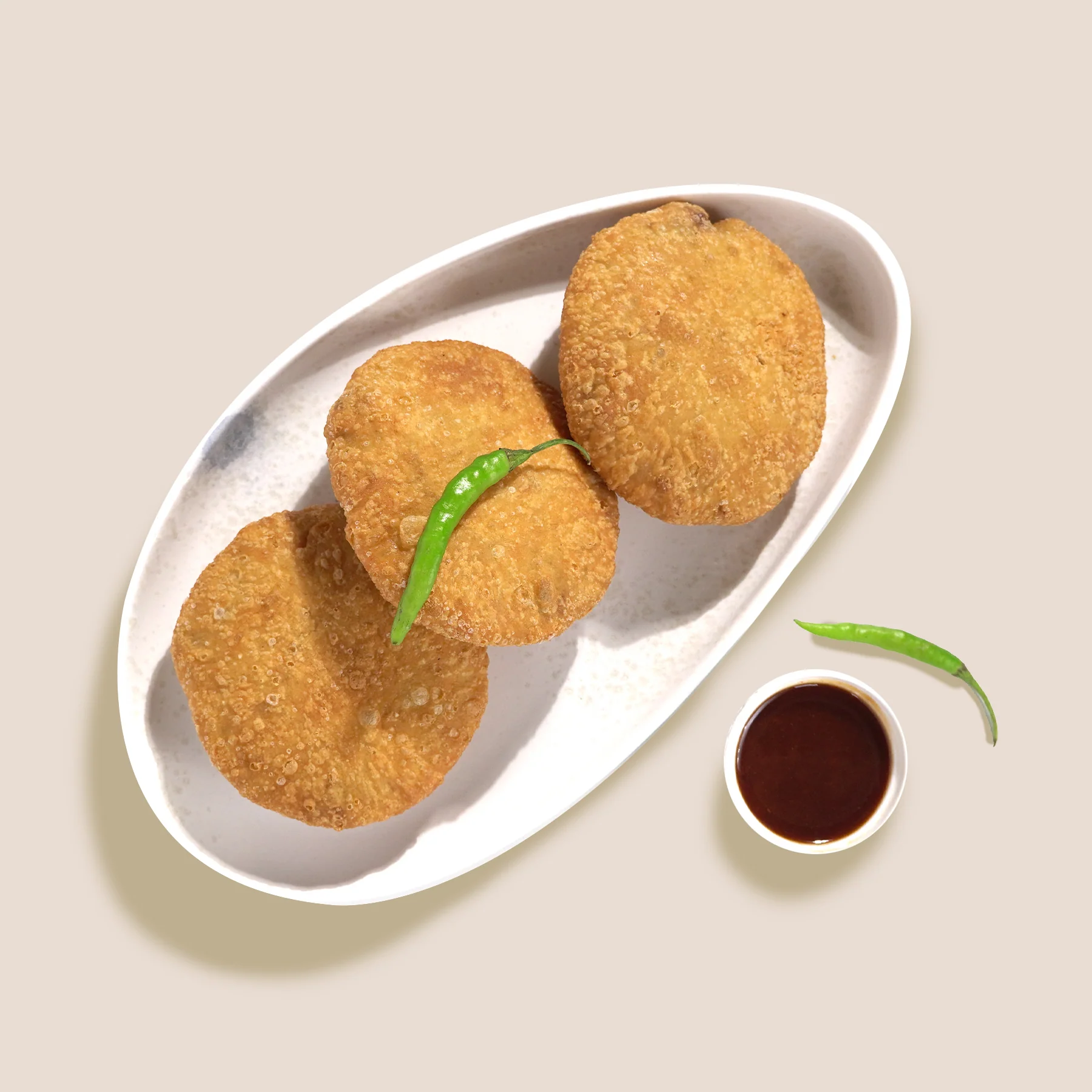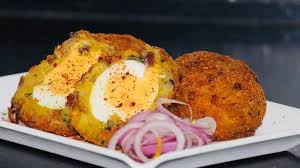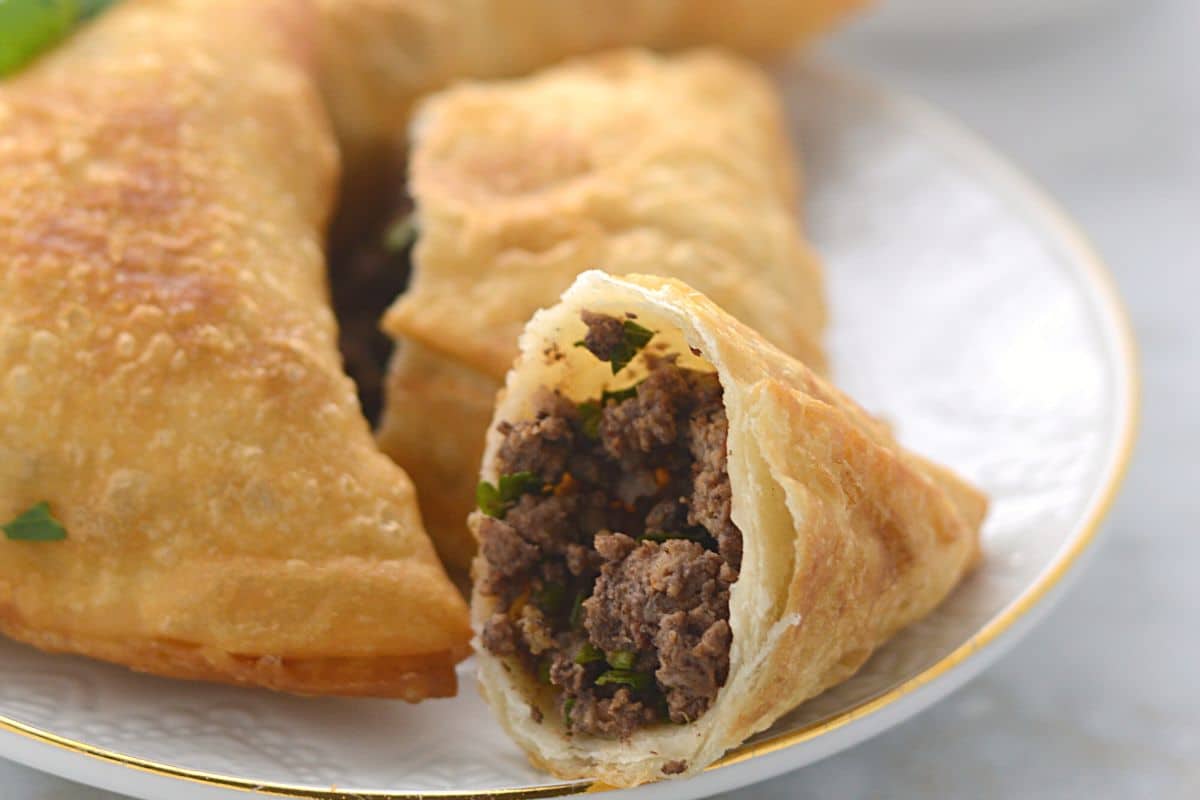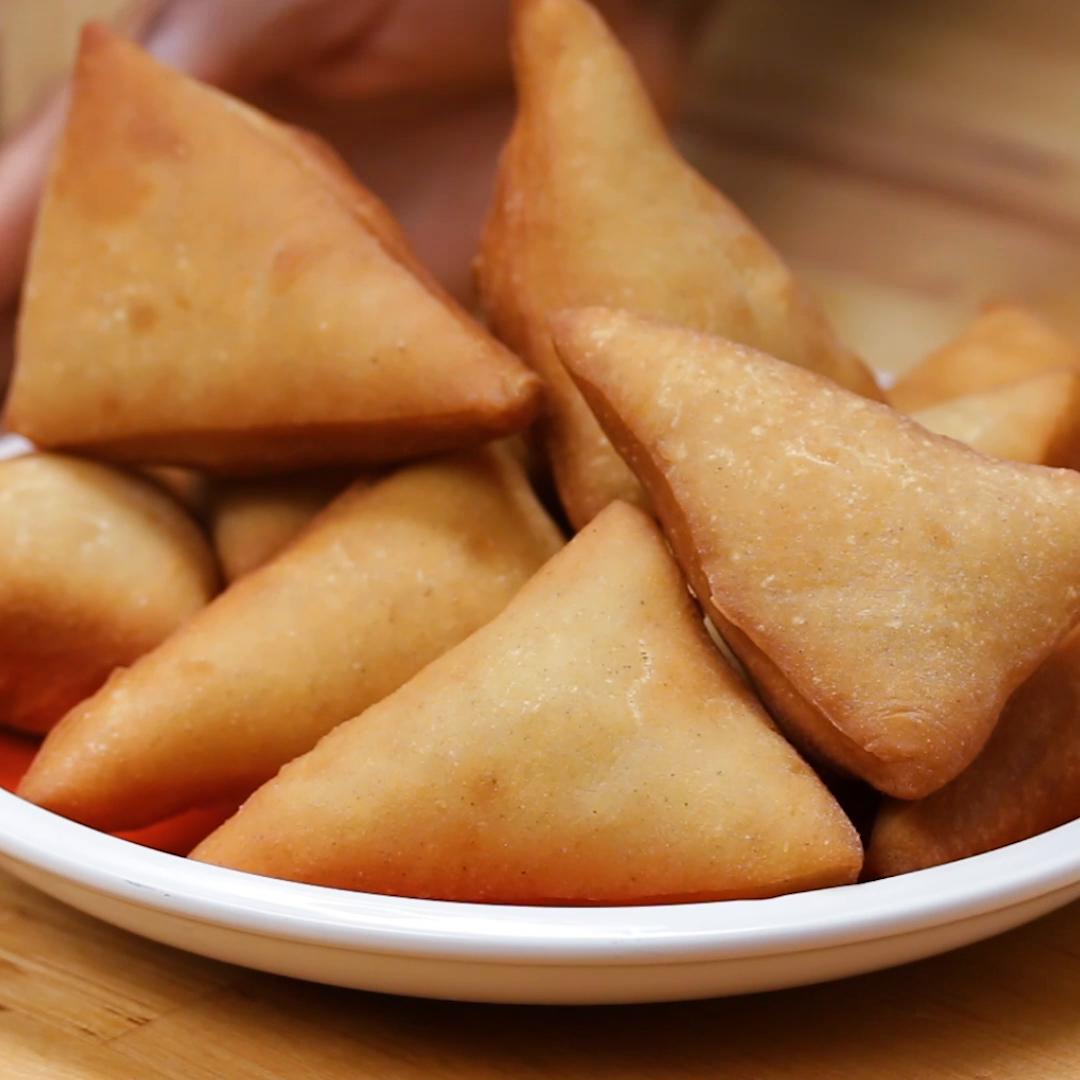CHAPATI
Tsh1000
Chapati is a soft, round flatbread made from wheat flour, commonly served with stews, curries, or vegetables in East Africa
Chapati is a staple food in many East African households, introduced through Indian culinary influence and embraced as a daily bread. Made from wheat flour, water, and a touch of oil, chapati is rolled into thin, round layers and cooked on a hot flat pan until golden brown. Its soft and slightly chewy texture makes it a versatile companion to nearly every meal.
In Tanzania, Kenya, and Uganda, chapati is commonly enjoyed with beans, vegetables, or meat stews. Its ability to complement both savory and spicy dishes has made it an essential part of local cuisines. During celebrations, chapatis are often prepared in large quantities, symbolizing abundance and hospitality. They are also a common feature in street food stalls, where the aroma of fresh chapati cooking attracts passersby.
Beyond its role as food, chapati has become a cultural bridge, blending South Asian culinary traditions with East African flavors. Today, it is cherished not only as a meal but as part of family rituals, often prepared together in kitchens where children learn to roll and cook from their parents. This flatbread remains more than sustenance—it is a shared tradition and a comfort food deeply rooted in community life.
